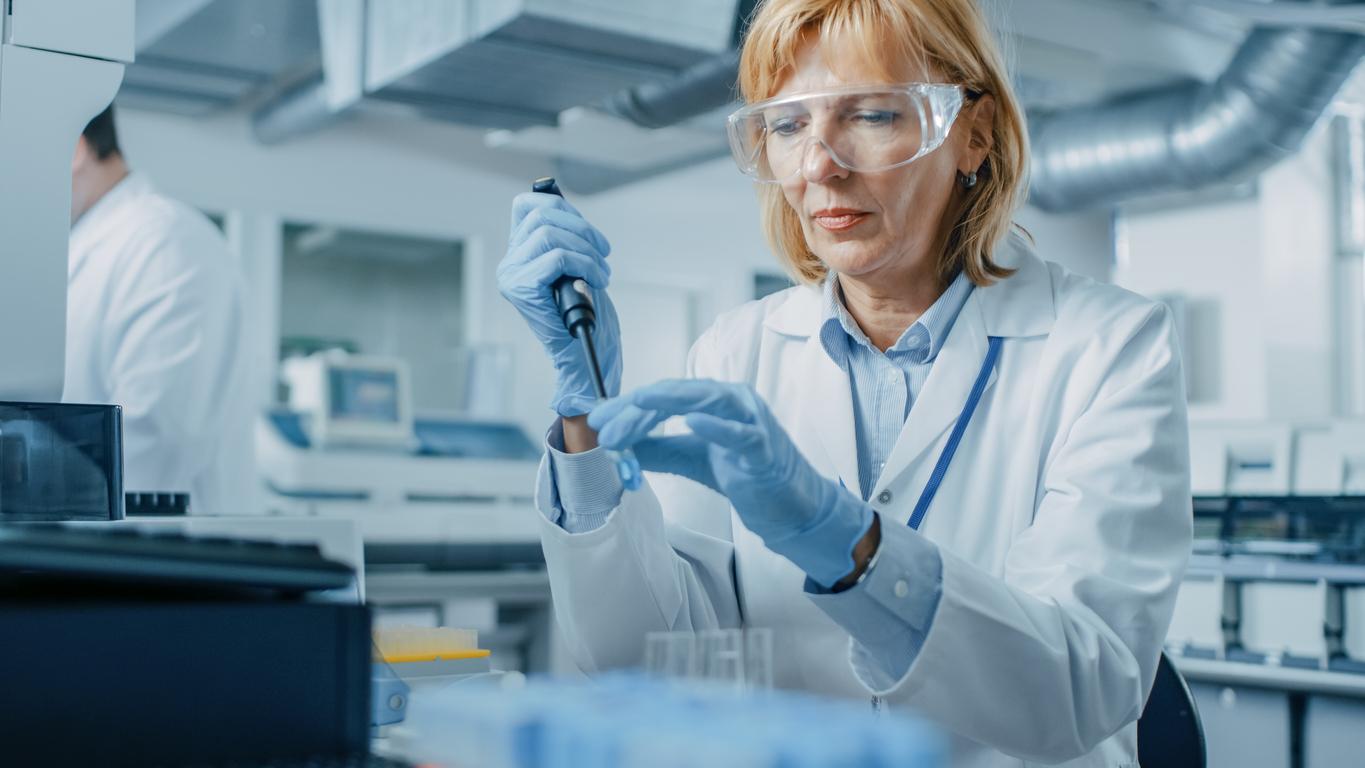Health data will be at the heart of the revolution that patient care should experience in the next 10 years. But it is the entire health system that should experience a real revolution.

- The use of digital tools heralds a revolution in patient care
- The role of the different health professions could undergo major changes
- The bet is to preserve the human dimension of medicine
It is an announced revolution. A patient in control of his health data and aware of prevention, diagnoses facilitated by artificial intelligence, targeted treatments for each case, nurses for the least invasive interventions and doctors who have become conductors of care pathways with regularly assessed efficiency and guarantors of taking into account the human relationship with patients: this is how the main lines of the world of health can be drawn by 2030.
This upheaval in practices, which should offer everyone the benefit of optimal care, is the promise made possible by an unprecedented wave of innovations.. LEEM, a pharmaceutical industry union, identified in a document released in the fall of 2019 these tremendous technological and therapeutic advances: around 12 major pathologies and 14 vectors of innovation, this study shows how these transformations, many of which are already underway, will change everything both for patients and in the organization of our healthcare system.
Benefit from access to the best care
“Care is still based on an old model, we wait for a heart attack or a tumor to be discovered at an advanced stage and too often patients come with a disease that is already well established”, notes the LEEM today to illustrate the need to “change the logic”. “We are faced with a fine equation, a population that will double by the end of the century, a capacity for innovation multiplied by artificial intelligence and the need to preserve a social pact allowing everyone to benefit from the access to the best care”, explained in September 2019 the president of this union, Frédéric Collet, presenting in the program “Health in Questions” on Medical Frequency the contribution of Health 2030, prospective analysis of health innovation.
But concretely, how the massive use of data to help with prevention, diagnosis, the development of new drugs and better targeting of treatments, the advance of genetics, scientific progress on microfluids, the immunotherapy or regenerative medicine make it possible to better respond to the challenges facing the world of health? And there are many of these challenges: aging of the population, rise in chronic diseases, environmental impacts, access to care and control of health expenditure, to name only the most important.
A new distribution of tasks
“We are going to witness a profound revolution in the way patients are treated with comprehensive management of the care pathway”, announced Professor Gilles Vassal, pediatric oncologist, in the program “La Santé en Questions” of September 2019.
Pr Guy Vallancien, urologist surgeon and promoter of CHAM, the “Davos” of health, also sees as the first of the major trends for the future “a new distribution of acts and tasks over more actors”. But he goes much further: “We must increase the power of nurses, go beyond what is already done with advanced practice nurses, they must be able to intervene in the establishment of diagnoses by relying on the intelligence and support the simplest care! “, he proclaims, indignant at the time still devoted by doctors to these missions.
And he does not hesitate, at a time when medical deserts could be considered as an emergency to be treated before thinking about what health will be like in the next ten years, to launch an iconoclastic proposal: “It’s the madness of wanting to increase the number of doctors, it would be necessary on the contrary to reduce it by 25 or 30%, to concentrate their role on the most complex cases and where the relationship between the patient and his doctor is the most important! “. According to him, this would release “more than 5 billion” in savings to be used in other areas. “Innovation is expensive, underlines the economist Nicolas Bouzou, and improving the care pathway is a way to find money”.
The priority human relationship
If this course of care, and the role of the patient – “He will be more and more responsible, more and more committed”, affirms Pr Guy Vallancien – if only through the use of his health data and its ability to feed them through connected objects will be at the heart of this coming revolution, changes must also occur in access to innovation. Transforming the mechanisms for evaluating these innovations is one of the courses of action identified by LEEM, and in particular “gaining administrative efficiency to allow patients faster access to innovative treatments”.
But if we bring together all the components of innovation, the place of data, the role of algorithms, the very high technologies used and a new distribution of “technical” roles in the care of patients, we can to question the risk of seeing medicine lose part of its human dimension. Would we be promised to no longer be patients who are listened to and taken care of, but individuals to whom medicine will be content to connect its diagnostic and treatment instruments? “All these elements of work support for health professionals, all these robots, will free up time for doctors, instead of acting as technicians of the body, to take the time for compassion and medical humanism. which patients need”, reassures Professor Guy Vallancien who nevertheless poses a condition not to be denied: “We must relearn medical students that human relations are a priority, impose consultation courses on them! “.
Subject made from the LEEM file “100 questions about medicine”
Find below the LEEM sheet on the theme “How will we be treated in 2030?”
https://www.leem.org/100-questions/comment-serons-nous-soignes-en-2030
.















